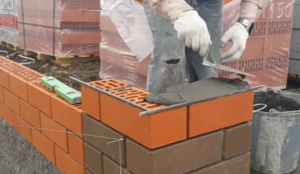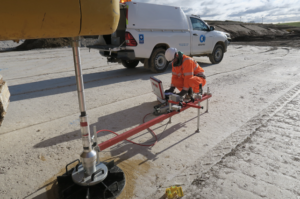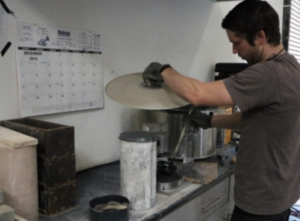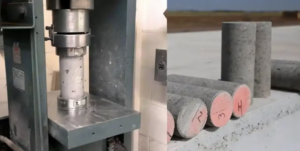In What Ways Can Soil Tests Decipher the Intricate Ecological Networks for Animal Protection?
Soil isn’t just a passive foundation—it’s a dynamic, living system that connects organisms across trophic levels, ecosystems, and even entire biomes1. For conservationists and ecologists, soil tests provide more than just data—they offer a window into the complex networks2 that link microbes to macrofauna, chemicals to behavior, and structure to survival. Through advanced biological and chemical soil testing, we can now map, predict, and protect3 the intricate relationships that underpin animal habitats. Here’s how soil tests are helping decode the secrets of ecological resilience.
Soil Microbial Network Analysis in Sustaining Aquatic Fauna Populations
Freshwater ecosystems often begin with soil. In wetlands, riverbanks, and riparian zones, microbial networks in the soil regulate nutrient flow, water quality, and primary productivity4—all of which directly influence aquatic fauna such as amphibians, fish, and macroinvertebrates.
How it Works:
- Soil microbial networks form complex symbiotic webs5 that manage nitrogen, phosphorus, and carbon cycling.
- Disruptions to these networks (e.g., from pollution or salinization) affect algal blooms, oxygen levels, and aquatic food availability6.
Testing Techniques:
- Co-occurrence network mapping using 16S rRNA gene sequencing.
- Structural equation modeling (SEM) to link microbial traits to aquatic fauna abundance.
- Microbial keystone taxa detection to identify critical organisms for ecosystem balance.
| Site Type | Network Complexity (Average Degree) | Fish Species Richness |
|---|---|---|
| Undisturbed wetland | 12.5 | High (15+ species) |
| Agricultural runoff area | 4.3 | Low (5 species) |
| Restored riverbank | 9.7 | Medium–High |
These findings inform buffer restoration and microbial rewilding to protect aquatic life.

Soil-Borne Pollutant Degradation Tests in Industrial-Impacted Animal Habitats
Soil in industrial zones often holds the legacy of heavy metals, hydrocarbons, and persistent organic pollutants7. These pollutants can infiltrate food chains, harming insects, birds, and mammals. Soil tests that measure natural biodegradation capacity8 reveal whether ecosystems can recover—or need remediation.
Key Tests:
- Respirometry to measure microbial breakdown of hydrocarbons.
- Bioavailability assays for heavy metals and PCBs.
- Degradation gene expression profiling (e.g., alkB, merA).
| Soil Sample | Hydrocarbon Degradation Rate (mg/kg/day) | Mammal Occupancy Index |
|---|---|---|
| Contaminated industrial site | 0.5 | Very Low |
| Treated with compost + microbes | 3.8 | Moderate |
| Naturally self-remediating soil | 5.1 | High |
These data guide soil management strategies to safeguard vertebrate wildlife in polluted zones.
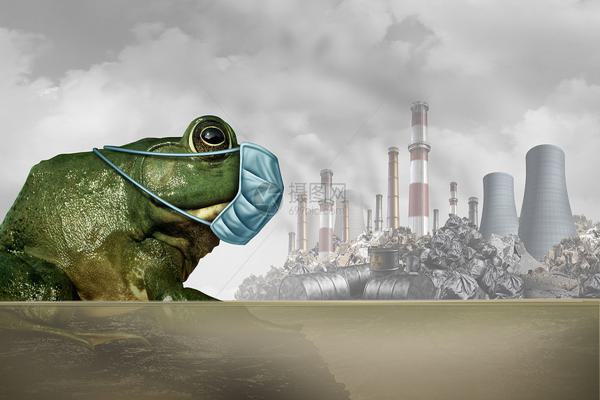
Soil–Plant–Insect–Bird Trophic Chain Experiments in Forest Conservation
Forests thrive on multitrophic interactions, starting from the soil. Testing the relationships between soil conditions and cascading species interactions reveals how to protect or restore forest biodiversity—from microbes to birds.
Experimental Approach:
- Manipulate soil nutrient levels or microbial communities.
- Track changes in plant species, insect herbivores, and bird foraging patterns.
- Measure how changes in soil ripple through the trophic web.
| Soil Treatment | Insect Biomass (g/m²) | Bird Foraging Visits (per hour) |
|---|---|---|
| Microbial inoculated | 180 | 24 |
| Nitrogen-depleted | 75 | 9 |
| Organic matter-enriched | 200 | 30 |
These tests demonstrate the bottom-up control soil exerts on entire ecosystems, helping target conservation where it begins: underground.

Soil Aggregate–Associated Microbial Activity Tests in Cave Fauna Preservation
Cave ecosystems are fragile and often host rare or endemic fauna like troglobitic insects, salamanders, and bats. Soil aggregate structure and microbial activity influence humidity, organic matter decomposition, and air quality in these subterranean environments.
Key Tests:
- Soil aggregate size distribution linked to microhabitat stability.
- Microbial respiration assays for oxygen consumption analysis.
- Aggregate-associated enzyme activity (e.g., β-glucosidase, phosphatase).
| Cave Floor Sample | β-Glucosidase Activity (µg/g/h) | Cave Beetle Abundance |
|---|---|---|
| Undisturbed aggregate | 12.3 | High |
| Compacted soil (tourism) | 3.5 | Low |
| Managed access zone | 9.1 | Medium |
These insights guide tourism management, habitat buffering, and microclimate stabilization in cave-based conservation.

Conclusion
Soil tests are not just about nutrients or pH—they’re tools for decoding the ecological blueprints that support animal life. Whether preserving aquatic biodiversity, restoring polluted habitats, or sustaining forest and cave species, experimental soil tests help us understand and protect the complex networks that hold ecosystems together. In conservation, protecting soil is protecting life—from the micro to the magnificent.
-
Understanding these concepts is crucial for grasping the interconnectedness of life and the role of soil in ecosystems. ↩
-
Explore how soil tests reveal the intricate relationships within ecosystems, enhancing our understanding of ecological dynamics. ↩
-
Discover innovative methods for safeguarding ecosystems by utilizing soil testing to understand and manage ecological relationships. ↩
-
Understanding these roles can help in conserving freshwater ecosystems and improving water quality. ↩
-
Exploring this topic reveals the intricate relationships that sustain aquatic life and ecosystem health. ↩
-
This resource can provide insights into managing algal blooms and maintaining healthy aquatic environments. ↩
-
Understanding the impact of these pollutants is crucial for environmental protection and remediation efforts. ↩
-
Exploring this topic can provide insights into soil health and ecosystem recovery processes. ↩

